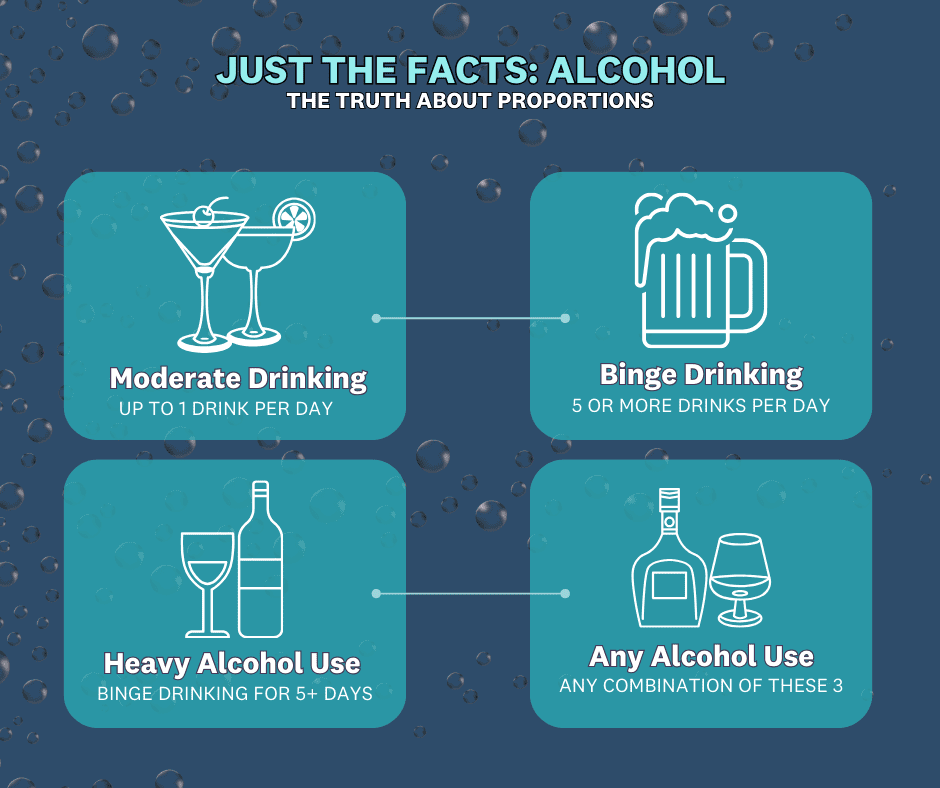Find out the magic number of beers it takes to get drunk and learn the science behind alcohol intoxication now!

Image courtesy of Engin Akyurt via Pexels
Table of Contents
Alcohol consumption is a prevalent part of social gatherings and celebrations, but the question of how many beers it takes to get drunk is one that has piqued the curiosity of many. In this blog post, we will delve into the science behind alcohol metabolism, individual tolerance levels, and various factors that influence intoxication.
Understanding Alcohol Metabolism
When you consume alcohol, it enters your bloodstream and is broken down in the liver. The process of alcohol metabolism involves enzymes that convert alcohol into acetaldehyde, and then into acetate, which is eventually broken down and eliminated from the body.
Factors such as weight, gender, and genetics can play a significant role in how quickly alcohol is metabolized in the body. For example, individuals with a higher body weight tend to metabolize alcohol at a slower rate compared to those with lower body weight. Additionally, men typically have a higher percentage of water in their bodies, which can dilute alcohol and lead to slower intoxication compared to women.
Individual Tolerance Levels
Alcohol tolerance refers to a person’s ability to consume alcohol without experiencing significant intoxication. Tolerance levels can vary greatly from person to person and are influenced by factors such as the frequency of alcohol consumption and genetic predisposition.
Individuals who drink alcohol regularly may develop a higher tolerance over time, meaning that they need to consume more alcohol to achieve the same level of intoxication as someone with a lower tolerance level.
Factors Influencing Intoxication
Several factors can influence how quickly someone becomes intoxicated after consuming alcohol. One important factor is food consumption – having a meal before drinking can help slow down the rate at which alcohol is absorbed into the bloodstream, leading to a slower onset of intoxication.

Image courtesy of www.safeproject.us via Google Images
Hydration is another crucial factor that can impact intoxication levels. Drinking water between alcoholic beverages can help prevent dehydration and reduce the likelihood of becoming drunk quickly.
The rate at which alcohol is consumed also plays a significant role in how drunk someone gets. Binge drinking, or consuming a large amount of alcohol in a short period, can result in rapid intoxication and increase the risk of alcohol poisoning.
Conclusion
While the question of how many beers it takes to get drunk may not have a straightforward answer, understanding the science behind alcohol metabolism, individual tolerance levels, and factors influencing intoxication can help individuals make informed decisions about their alcohol consumption.
It is essential to drink responsibly, be mindful of your own alcohol tolerance levels, and take steps to prevent over-intoxication. By considering these factors, individuals can enjoy alcohol in a safe and controlled manner.
FAQ
Question 1: How many beers does it take to get drunk?
Answer 1: The number of beers needed to get drunk varies for each individual based on factors like weight, tolerance, and metabolism.
Question 2: What factors influence alcohol intoxication?
Answer 2: Factors like food consumption, hydration, rate of alcohol consumption, and individual tolerance levels can influence how quickly someone becomes intoxicated.
Question 3: Can regular alcohol consumption increase tolerance?
Answer 3: Yes, frequent alcohol consumption can lead to increased tolerance levels, requiring individuals to consume more alcohol to achieve the same level of intoxication.
Question 4: How can one drink alcohol responsibly?
Answer 4: Drinking responsibly involves knowing your limits, staying hydrated, eating before consuming alcohol, and pacing yourself to prevent over-intoxication and potential harm.
Generated by Texta.ai Blog Automation
Leave a Reply